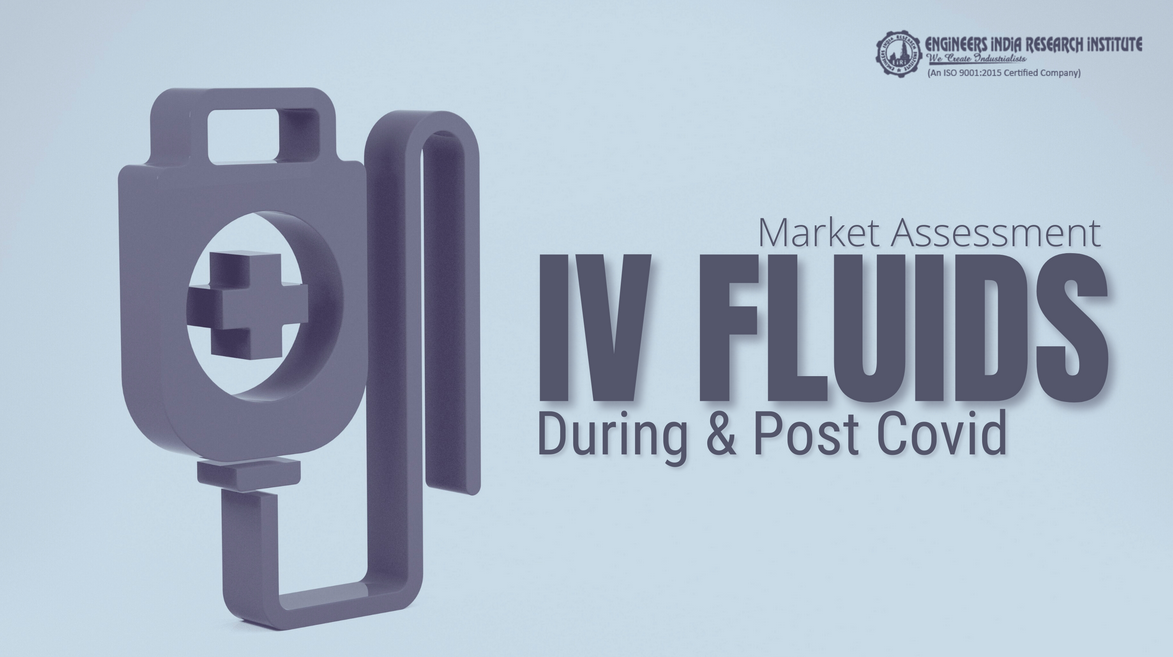An eagle’s view into the IV Fluids industry; opportunities, markets, and segmentation
Intravenous Iv fluids are an integral part of modern healthcare — their relevance to medical practices can be noted in the valuation of the IV fluids industry. In 2019, the global IV fluids market was valued at 8.5 billion USD.
The rise in chronic diseases is acting as a catalyst to the expansion of the IV fluids industry. With an expected CAGR of 6.1%, the growth potential of this industry is immense.
But, why are IV fluids so relevant in today’s healthcare?
Applications of the IV fluids
IV fluids are administered to patients for several reasons. The most common being to regulate or inject nutrients into a patient’s body. During any emergency department procedure, IV fluids administration is needed.
- Regulation of electrolyte levels
Electrolytes are vital for the normal functioning of the human body. They carry electrical impulses. However, dehydration, injury, or surgery can cause an imbalance in electrolyte levels.
The administration of IV fluids restores the balance. This is known as ‘Intravenous Rehydration’.
- Parenteral nutrition
The profound usage of IV fluids is responsible for the maintenance of nutrients in the body. IV fluids containing liquid nutrients are infused into the body to prevent malnutrition. This is also done before a patient is operated to sustain energy levels.
- Assists blood transfusion
The transfer of blood for patients is crucial and, at times, life-saving. Any lack of blood, or loss of blood to surgery, and other means will be compensated for.
Through the use of IV lines, blood transfusion is now a general medical procedure.
Which are the key market segments for IV?
IV fluids segmentation is diverse. The scope of the diversity falls in line with the growth potential of the IV fluids market. Business ventures in any of the segments can see sustained growth in the longer run.
The advent and increase in chronic diseases also call for voluminous usage of IV fluids. Another noteworthy factor is the increase in the geriatric population.
IV fluids segmentation in brief:
By content type –
- Saline (Normal and Hypertonic)
- Vitamins
- Minerals
- Lactated Ringer’s
- Amino acid
- Dextran (D5W and Analog hypertonic)
- Heparin
- Mixed solutions
- Other trace elements
By end-users –
- Specialized hospitals
- Clinics
- Individual practitioners
- Ambulatory surgery centres
- Home care
By solution type –
- Basic IV
- Irrigation IV solution
- Nutritional IV solution
- Drug IV solution
- Blood IV solution
This general IV fluid segmentation calls for robust infrastructure and logistics. The room for improvement is profound and visible in and around the IV fluids industry.
The growth and opportunities
The pharmaceutical industry, as a whole, is booming. With the COVID-19 pandemic reflecting the poor state of public health of many countries, change is imperative.
Three main factors why the requirement for IV fluids will not drop any soon are:
- Increase of gastrointestinal diseases
Gallstones, constipation, and other digestion-related diseases are on a rapid rise. The fast-paced modern culture, coupled with the degrading quality of food intake is the major reason.
- Presence of large-scale malnutrition
Malnutrition is a significant issue. The increase in elderly and pediatric malnutrition is an unfortunate reason for the high-demand for IV fluids.
IV fluids assist in abnormal fluid handling — a profound case of malnutrition.
- Inevitability during certain operations and medical treatments
IV fluids are a must during the conduct of specific operations. Medical conditions like dialysis, chronic diarrhoea require a constant supply of IV fluids.
Current Market Size
The IV fluids market is a gigantic one. In 2019, the global market for IV fluids was valued at 8.5 billion US dollars. The expected rate of growth stands at around 6%.
The market size is ready for disruption. With new manufacturers from the Asia Pacific region entering the industry, the growth potential is unparalleled. The increase in healthcare expenditure can also bolster the demand for IV fluids.
Assessing the COVID impact
The pandemic has disturbed the whole world. IV fluids industry, similar to the fulcrum of healthcare, has faced adversities. The logistical problems and the sudden spike in demand have impacted the industry. Moreover, this pandemic has exposed several loopholes in the healthcare system and the IV fluids industry, in particular.
Important – New ventures can benefit, at scale, by fixing these loopholes.
Technological advancements
The alliance of technology and the IV fluids industry is long-time due. New manufactures, new technology, peer competition! All these are leading to better quality, ease of access, and reduced wastages.
Besides, the introduction of premixed solutions is a factor calling for significant changes in the industry.
Concerning packing and logistics, the blow | fill | seal technology is enhancing the utility. With reduced human intervention, sterile unit-doses are manufactured. The portability facet, coupled with the feature of preservative-free, makes this an ideal solution.
These advancements increase the growth potential of the IV fluids market. Furthermore, IV fluids segmentation offers diverse opportunities. To that end, it is safe to say that efficient leveraging can propel the industry to holistic growth.




